How to Avoid the Produce Drawer Graveyard
food waste — ADHD kitchen tips
so you're sick of tossing that soggy bag of Spinach, huh?
Sometimes, produce gets absorbed into the fridge right after you buy it, only to emerge three weeks later in an oozing, liquified state. The produce drawer can be a scary, scary place.
If you've got ADHD, you're likely no stranger to the produce drawer graveyard. Avoiding sour milk and spoiled leftover stir-fry is tough, but if you're ready to find workarounds, you're in the right place.
Let's explore some solutions to help you actually use the food you purchase, save money in the long run, and keep track of what the heck hides in the back of your fridge.
01. phone meal checklist
My all-time favorite ADHD kitchen tool? My "I can make that" meal checklist (aka a Staple Meal List). I think this list alone has cut my food waste in half.
Plus, it reminds me of the foods I actually *like* to eat when my executive dysfunction is running full speed ahead.
Basically, the Staple Meal Checklist concept is this:
Write titles of the meals you have ingredients to make
(i.e. Tofurky Sandwich, Rice + Veggies, Pre-made Mac n Cheeze)Check them off when you eat them / no longer have the ingredients
Uncheck when you can make them again
It's that simple.
You'll always have a running list of meals you like, know how to make, and have ingredients for, right at your fingertips. And because this checklist is digital, your meal list grows the more you use it.
If you give this a go, I start with only the easiest meals you can make from memory— can be simple as a PB + J or a bowl of Cereal.
For more help making your Staple Meal List and to see examples of my own, check out the workbook: How to Make Your Staple Meal List
02. the fridge whiteboard
Yeah, it's as straightforward as it sounds. Stick a whiteboard on the fridge and start jotting down exactly what is on the inside.
Some folks use their whiteboards to list out all the individual ingredients hiding on their shelves. Others will list meals they can make with what's in their fridge — kinda like the phone checklist above.
Either way, it's a relatively low-cost tool worth trying if you enjoy visual reminders.
If you do try the whiteboard method, don't forget to buy some fun, colorful markers! Not only does it make your fridge way more interesting, but colors come in handy to differentiate between "types" or "categories" of foods listed.
About 20-40% of ADHD people also have dyslexia ↗, so anything to break up the wall of black handwriting is a win.
03. sharpie and masking tape labels
Don't underestimate the power of dated labels If you have skewed time perception!!
It's not uncommon for us ADHDers to think something we purchased two months ago entered our fridge ecosystem last week. Generally, the more reminders we have about the passage of time, the better.
If you've worked in a restaurant, you may already be familiar with the Sharpie and Tape system.
This is how you label your food:
Every time you put something in the fridge, stick a piece of tape on the container
Use a Sharpie to note the date and contents
That's it!
When you make it a habit to date and label your food, you're no longer guessing its freshness. You'll know exactly when you purchased those Baby Carrots and how long those leftovers have been sitting on the top shelf.
Another bonus? If you grocery shop without a list and accidentally buy duplicates, you know exactly which items to go through first.
If you're gonna give this a try, start slow. Unless you've got bountiful energy and zest to do your whole fridge, it's okay to start with newly purchased grocery items.
Don't overwhelm yourself with implementing a whole new system (that you don't even know you'll like) before you can even reap the benefits. That's a recipe for disaster.
04. make a realistic grocery list
Oh, you knew it was coming.
The easiest way to reduce wasted produce is to stop buying what you don't need — but that’s way easier said than done.
Though there's no perfect science to it, showing up to the grocery store with a little planning and a simple list can drastically reduce your overly optimistic perishable purchases.
I generally use the meal checklist from tip 01. to create my grocery list. The checklist allows me to make a shopping trip based on meals, not on ingredients alone. This prevents me from buying bunches of Watermelon Radishes with no actual reason to use them.
But you don't need a checklist. Walk yourself through a meal you'd like to eat during the week and list the ingredients needed to make that happen. Then repeat for another meal. And another. There you go. That's a grocery list.
Here are some things to consider when writing your grocery list:
What does your week ahead look like? If there's any chance you'll be too busy to cook, opt for frozen or canned Produce and stock up on ready-meals.
Does using the cutting board dissuade you from cooking? Choose pre-chopped Veggies (more on this, below)
What perishables did you go through last week? Consider buying them again, if you enjoyed them!
Which ones did you throw away? Maybe it's best to skip em' this time.
I'm working on a more thorough post about grocery list-making, so stay tuned!
05. forget the produce drawer all together
I know it's absolutely outrageous, but I'm just gonna say it. I don't like using the produce drawer for produce.
I don't like using it for anything perishable, really.
That’s because keeping perishables in eyesight and reach makes them far more likely to be used before they, uh, liquify.
So maybe it's time to do some fridge reorganizing if object permanence is a big issue for you. It couldn't hurt to give it a try and see how it goes.
Unfortunately, my shared fridge situation requires me to utilize that space at the moment. But if I had it my way? It'd just be filled with nonperishable Sauces, Tofu, Cheezes, Nuts, Seeds, and Condiments.
06. Easy access chopped produce
Give yourself the gift of pre-chopped Fruits and Veggies, friends, you deserve it.
All you have to do is reach into the fridge and throw your Veggies in the microwave, on a plate, or in a pan, and call it a day. No chopping, washing, or accidental finger injuries. It's a miracle!
Yes, prepped Fruits and Veggies cost more than if you buy them whole. However, they'll often cost you less in the long run because you'll *actually* eat them before they become mush.
I read this somewhere on the internet once and I'll repeat it here — sometimes, it's just best to pay the ADHD tax upfront.
Many grocery stores carry a plethora of options for ready-to-use produce. Shredded Carrots, Diced Onion, Celery Sticks, Chopped Lettuce, Microwavable Potatoes, Watermelon Cubes. Whatever you want, it probably exists.
When I'm absolutely on top of my game, I take time once a week to process all the Veggies I purchase from the store. It usually takes less than an hour, but I've got some solid knife skills that help me out.
Most days I don't even have to use the cutting board, but you can get the same results from just purchasing the ready-made Produce from the store.
did any of these tips call to you?
I'm the first to admit that tips, tricks, and habits can feel impossible to maintain with ADHD.
We're notorious for falling off track once the novelty wears off. Consistency is a big ol barrier, but the more tools we've got in our toolbelt, the more options we have to manage the hiccups when they arise.
If you give any of these tips or tricks a go, please drop a comment to let me know if they were helpful. I'd love to hear from you.
And even if these tips totally flopped, get in touch and we can troubleshoot some of the issues together. This kind of stuff is my jam.
P.S. If you’d like to help financially support this project, you can follow this link to access my Tip Jar on Ko-fi ↗. Any and all donations are sincerely so appreciated.
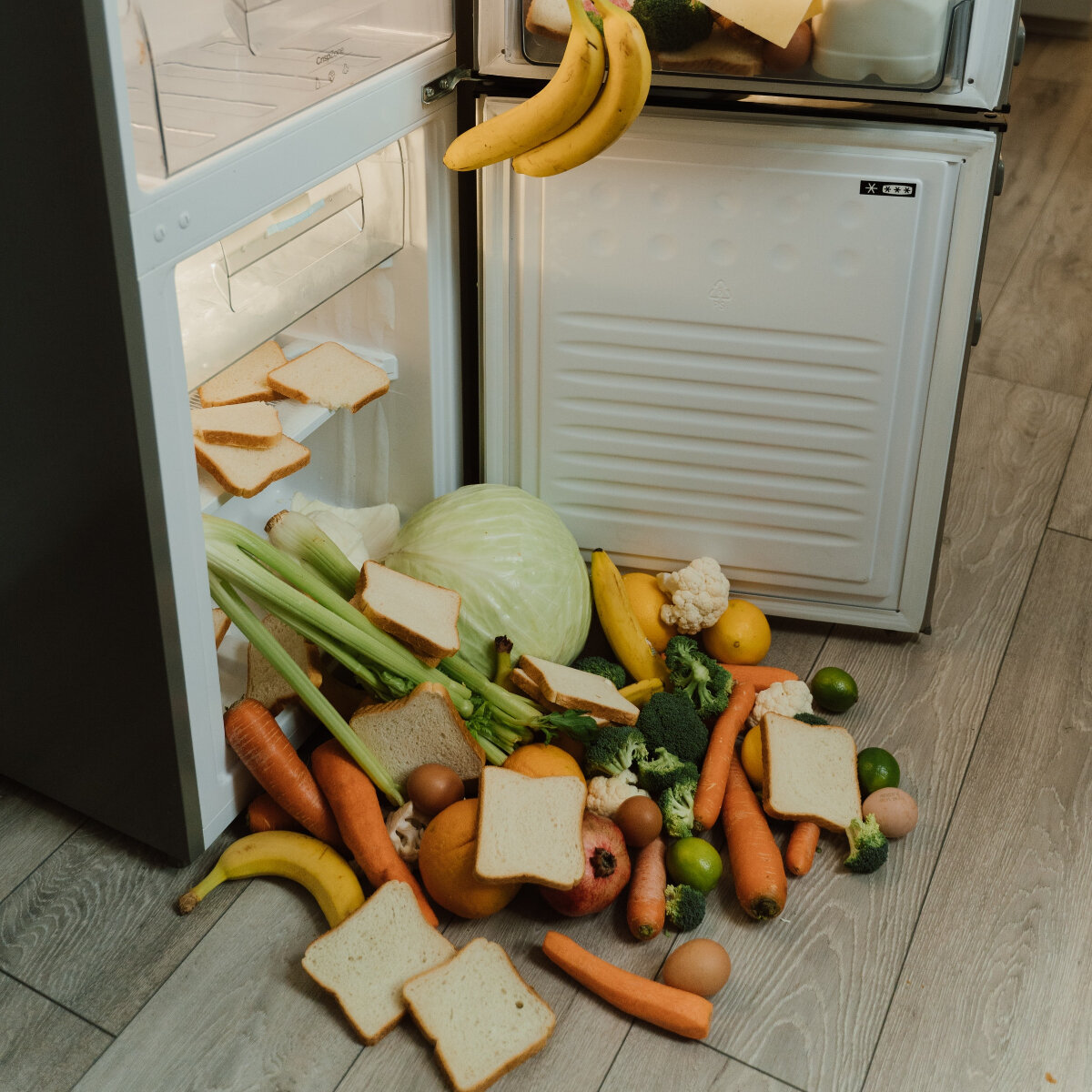
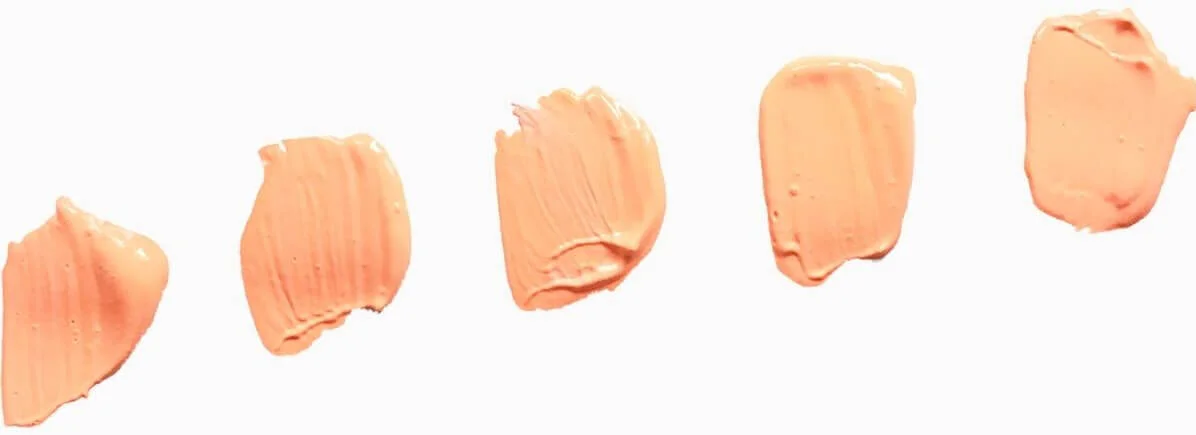


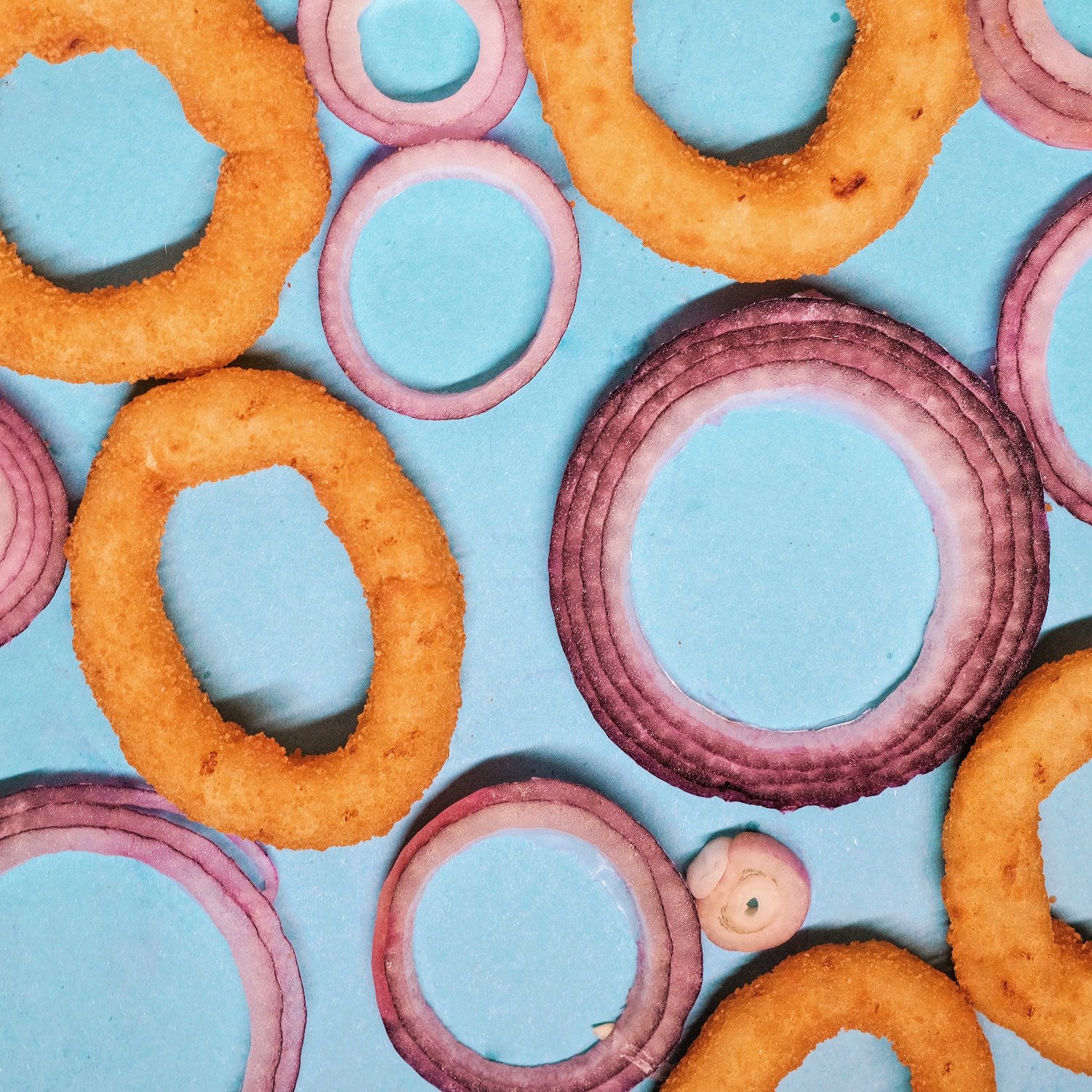

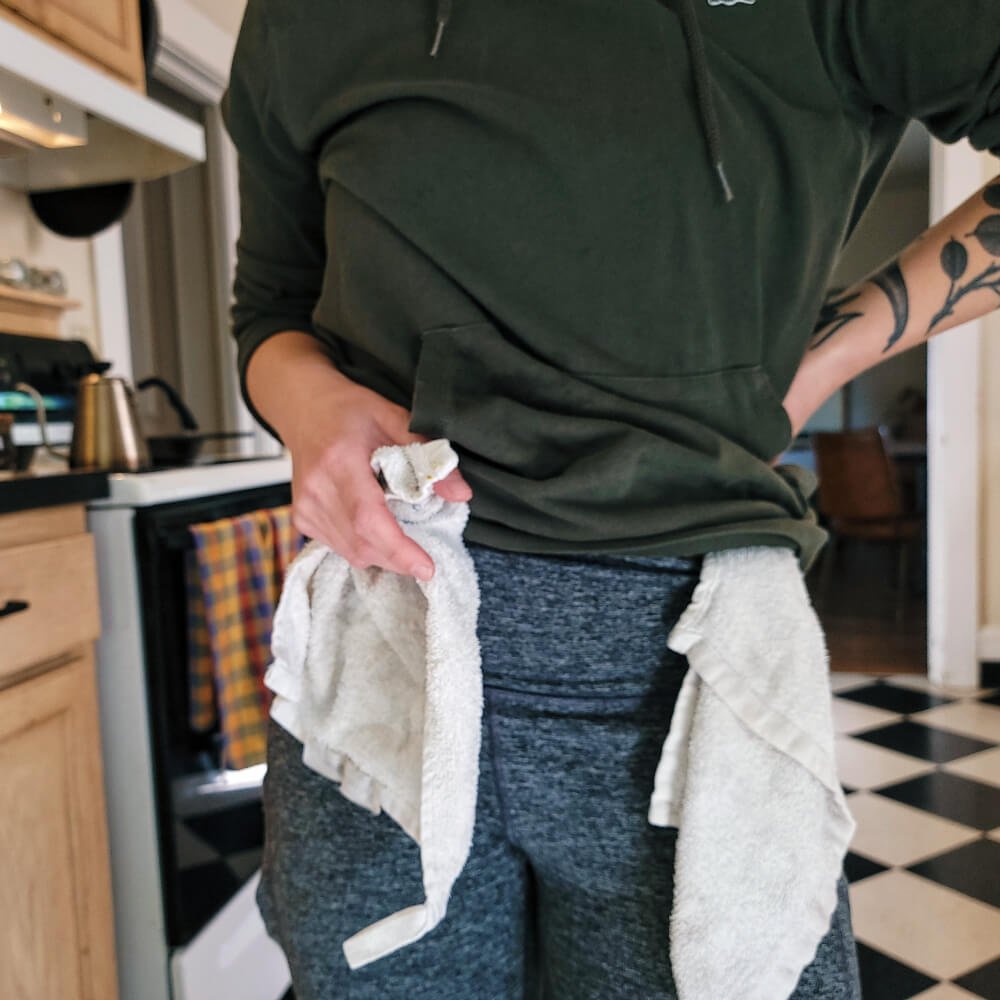






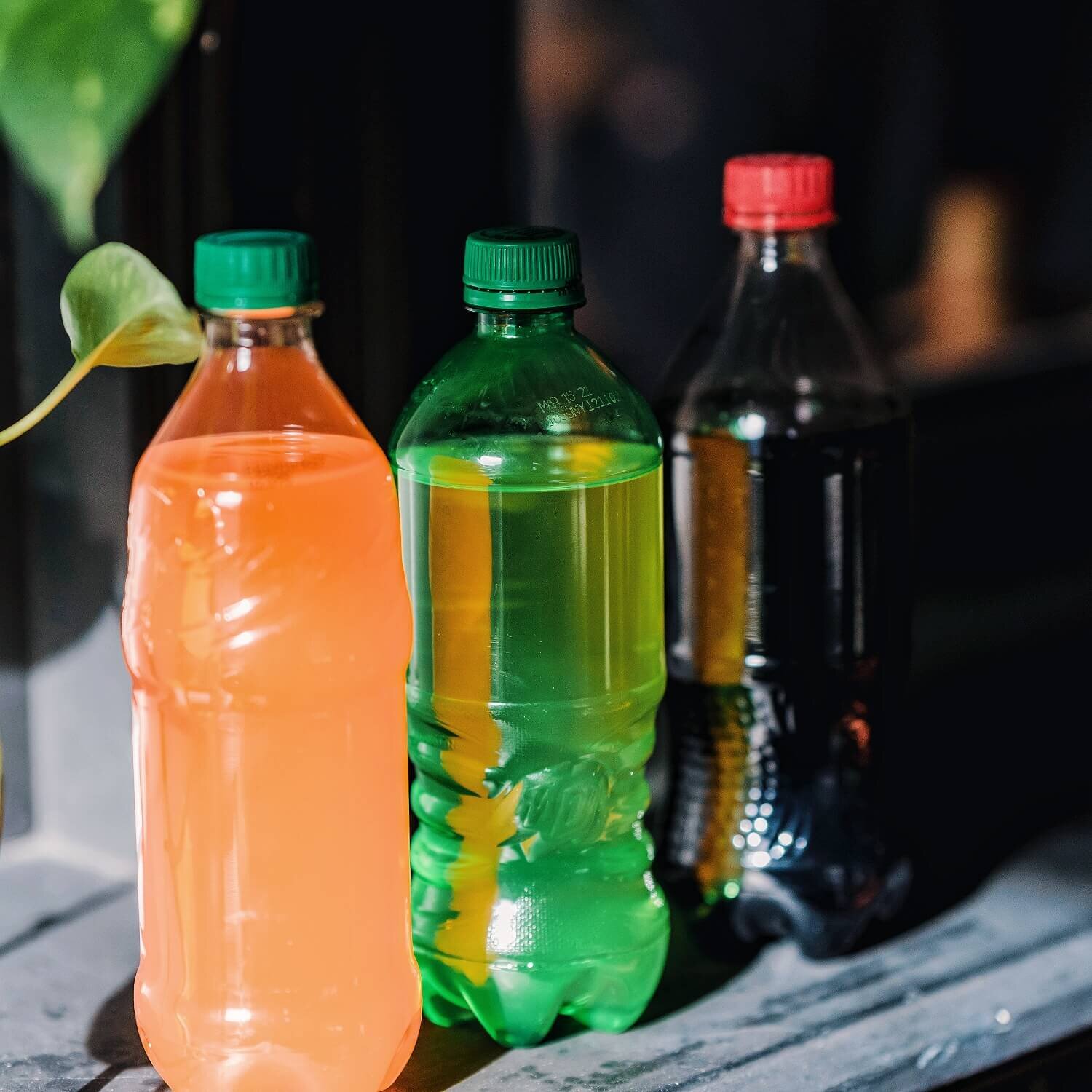
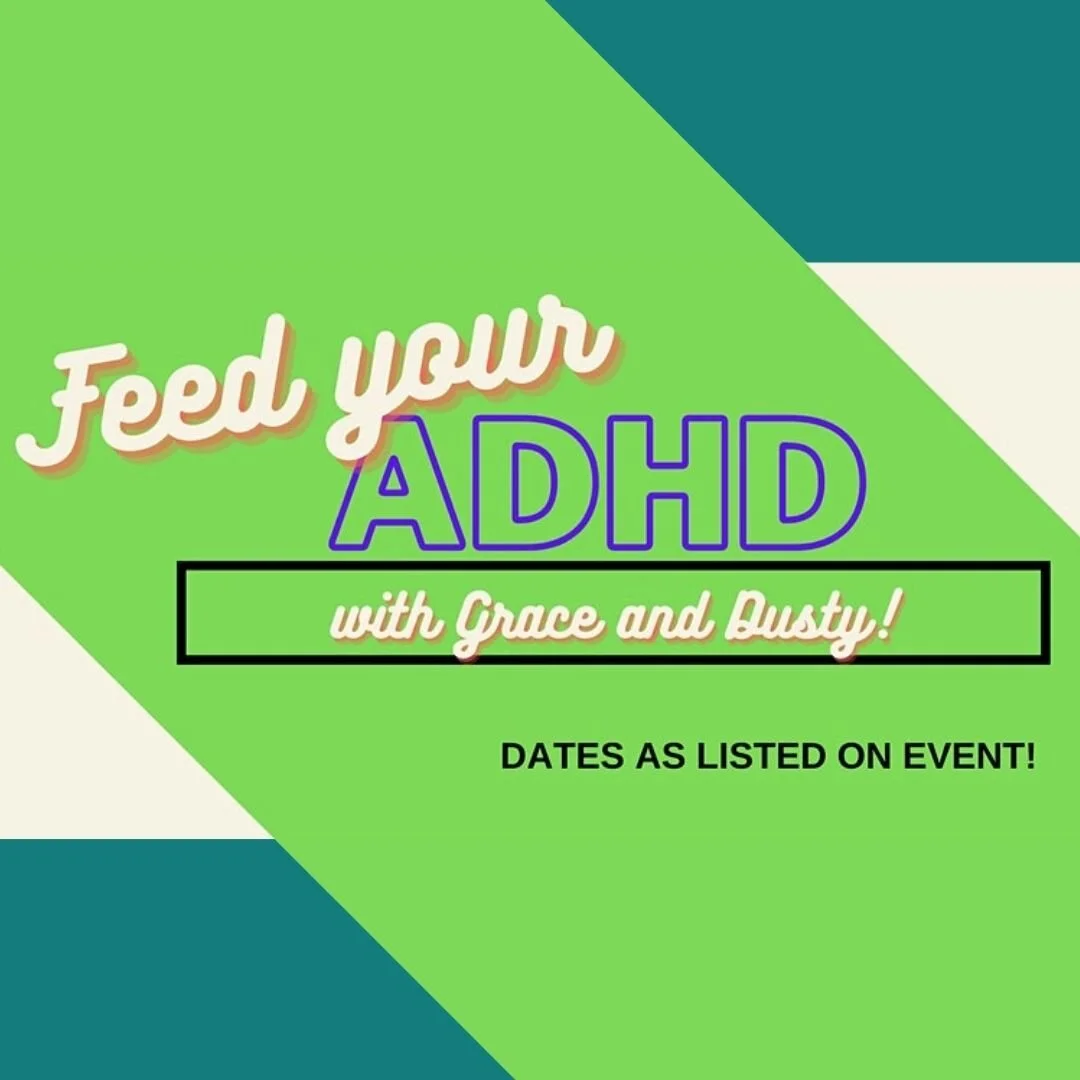
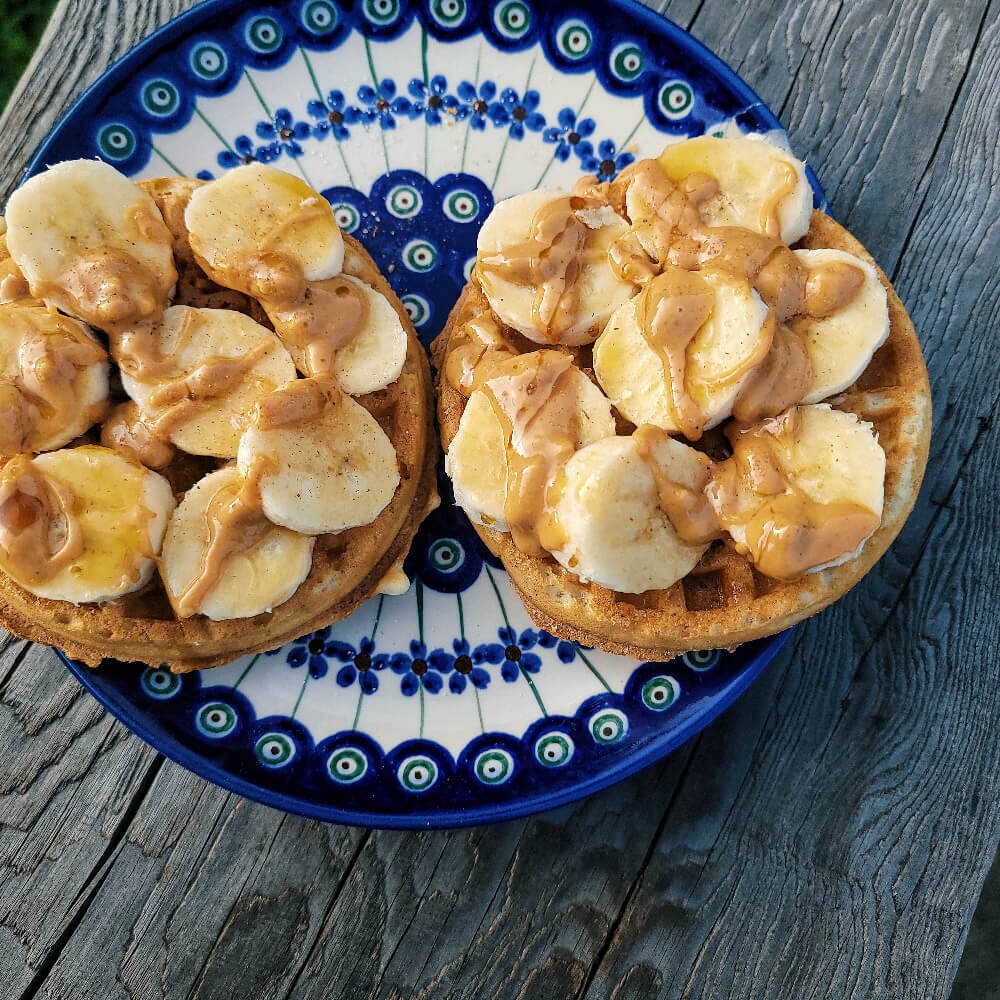
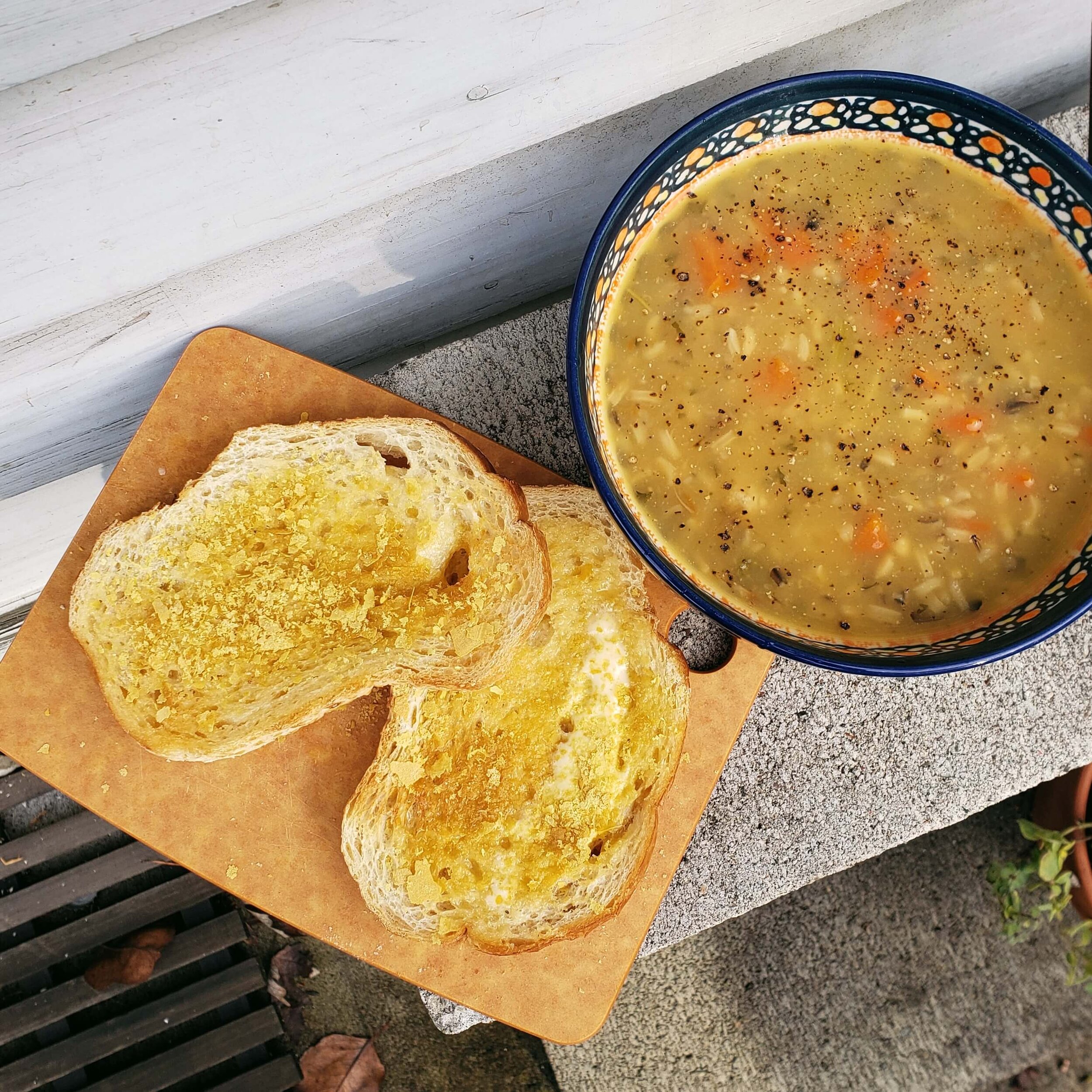
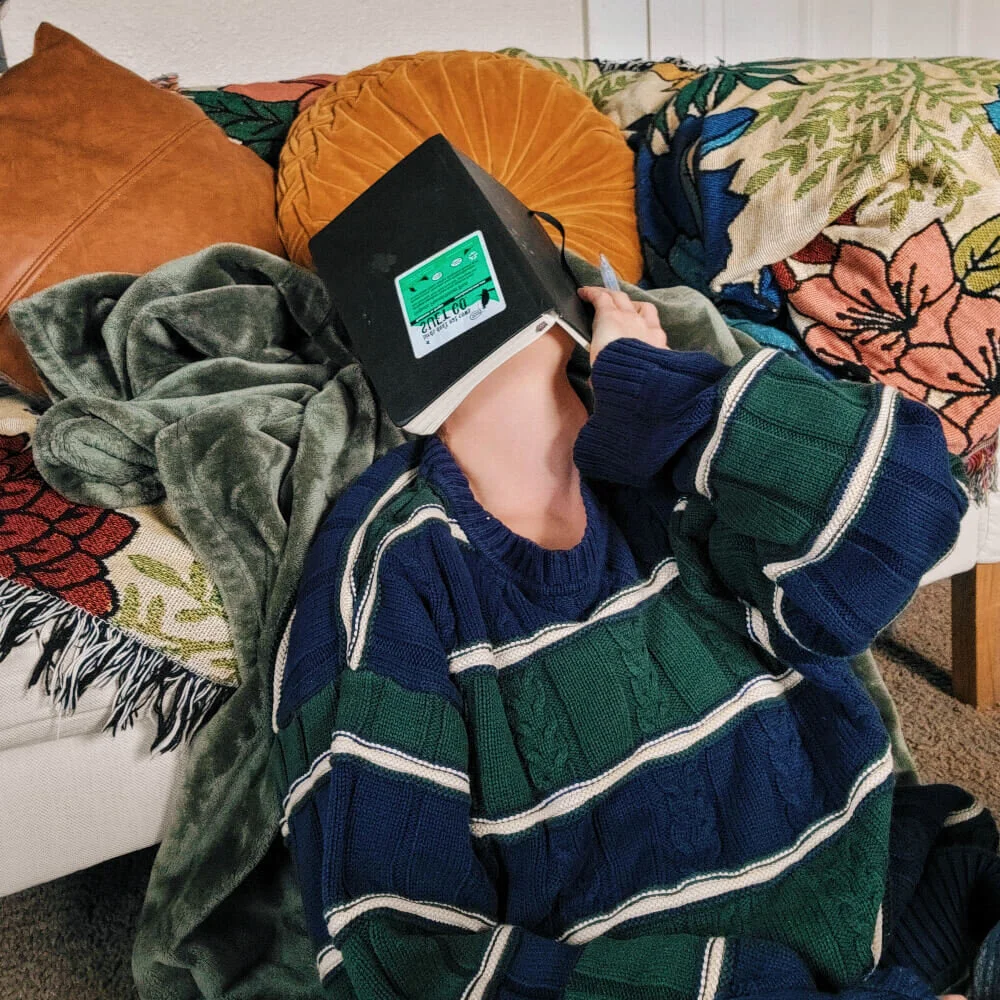







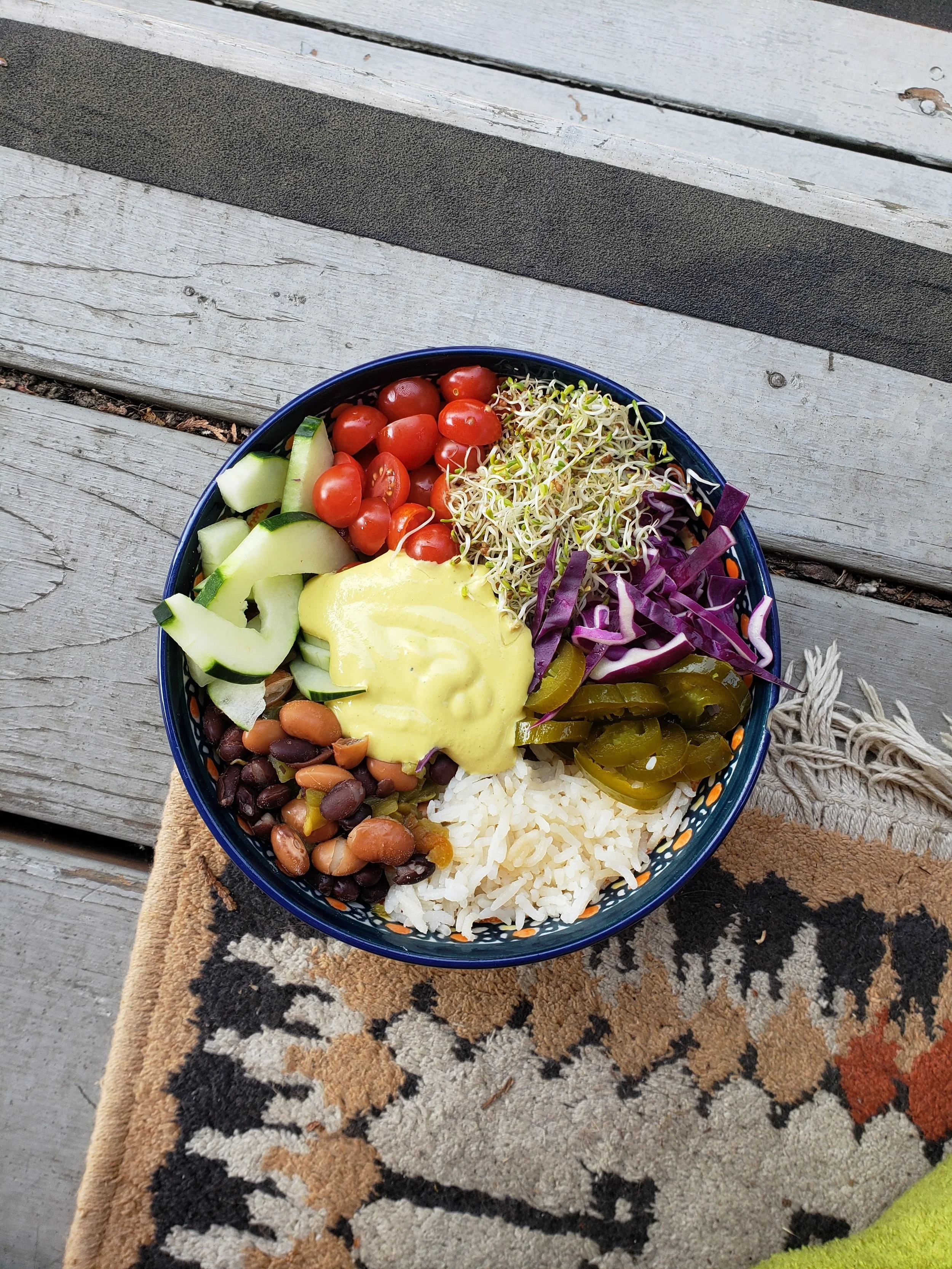
When the thought of cooking sounds absolutely soul-crushing, try some of these realistic ways to make it a lil bit easier.